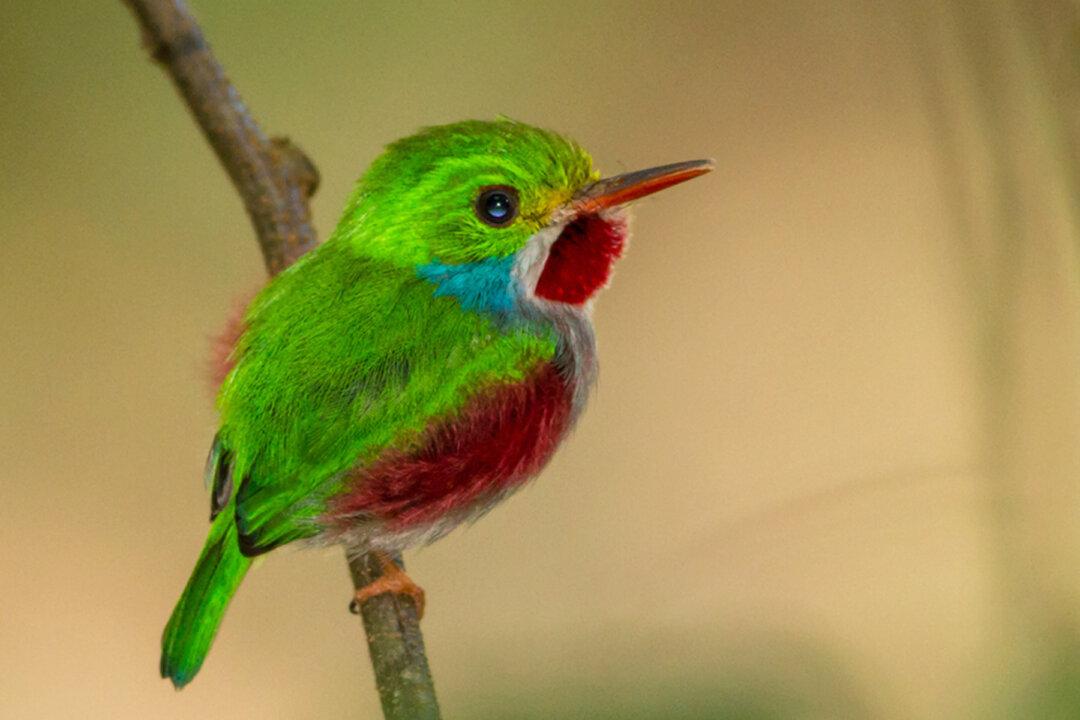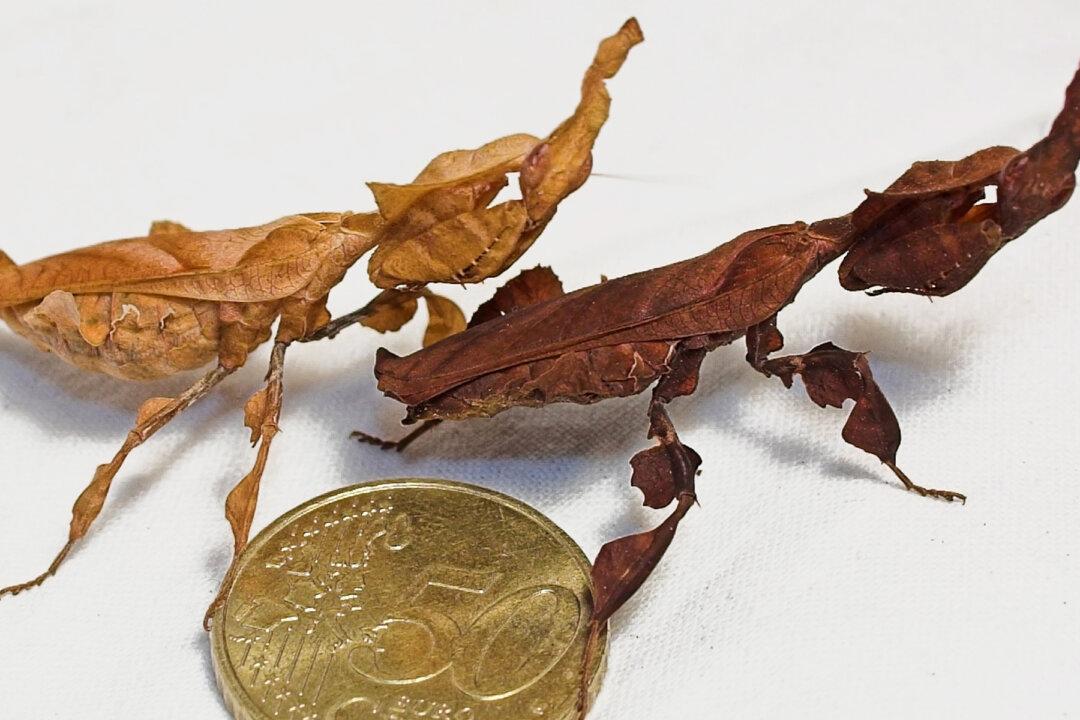The chubby little Cuban tody could be taken as one of the serious contenders for the title of the most beautiful bird, and why not? This bird may be tiny, easily fitting in an adult human palm, but what it lacks in size, it makes up for in sheer color.
The Cuban tody, scientific name Todus multicolor, boasts a shimmering leaf-green upper body and a bright-red throat with a dash of blue on its side.





